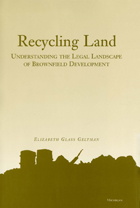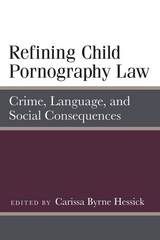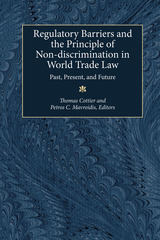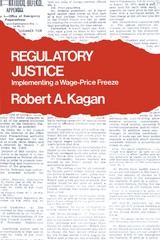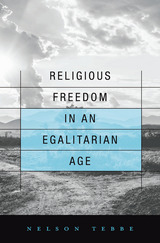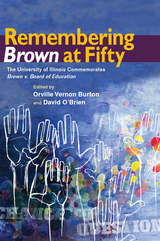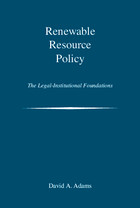Houses of Boston’s Back Bay: An Architectural History, 1840–1917
Harvard University Press
Cloth: 978-0-674-40900-2 | Paper: 978-0-674-40901-9
See other books on: Buildings | Houses | Modern (late 19th Century to 1945) | New England (CT, MA, ME, NH, RI, VT) | Residential
See other titles from Harvard University Press
Cloth: 978-0-674-40900-2 | Paper: 978-0-674-40901-9
ABOUT THIS BOOK | REVIEWS
ABOUT THIS BOOK
This superbly illustrated book records the development of Boston's Back Bay during the period of its greatest growth. Bainbridge Bunting focuses his study on one particularly significant architectural form—the town house. He chronicles, both pictorially and verbally, the first appearance, evolution, and eventual discard, during the era, of every local architectural style, all of which later gained national acceptance. He shows how architectural styles were affected by such developments as the electric light, changing preferences in materials, machine production of such interior parts as woodwork and mantels, new fire laws and building restrictions, and rising labor costs. He also provides an extensive account of the pivotal role played by members of the Boston Society of Architects in the growth of the profession throughout the country during this formative period. These Back Bay homes, Bunting points out, reflect to a striking degree the social and cultural attitudes of the community and, in the process of reconstructing the life that was led in them, he offers an absorbing and perceptive commentary on Boston society and its mores.
See other books on: Buildings | Houses | Modern (late 19th Century to 1945) | New England (CT, MA, ME, NH, RI, VT) | Residential
See other titles from Harvard University Press

